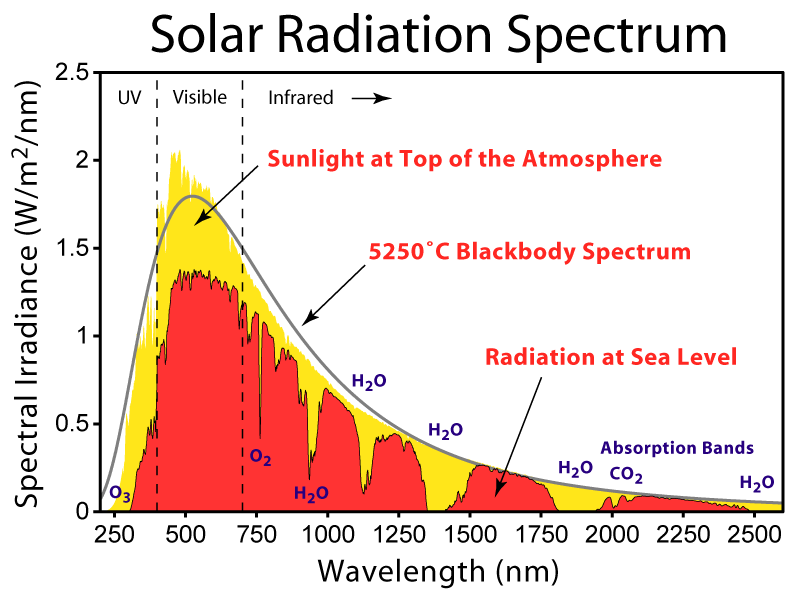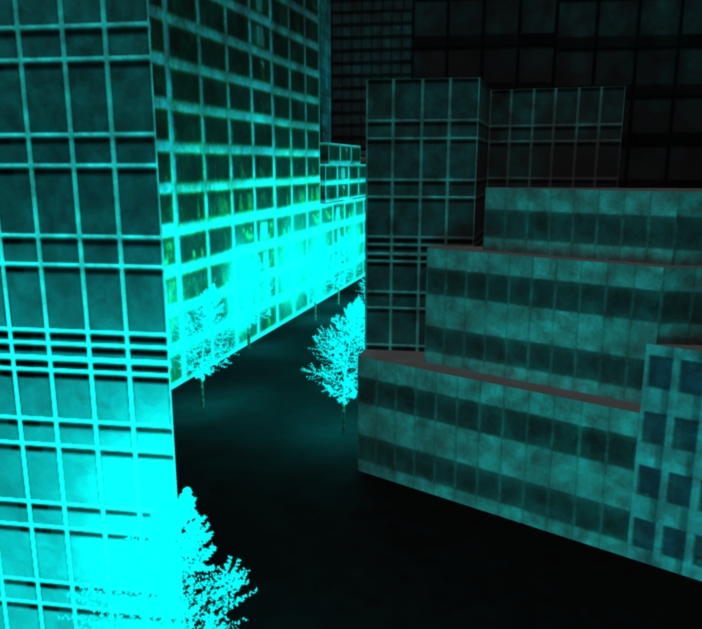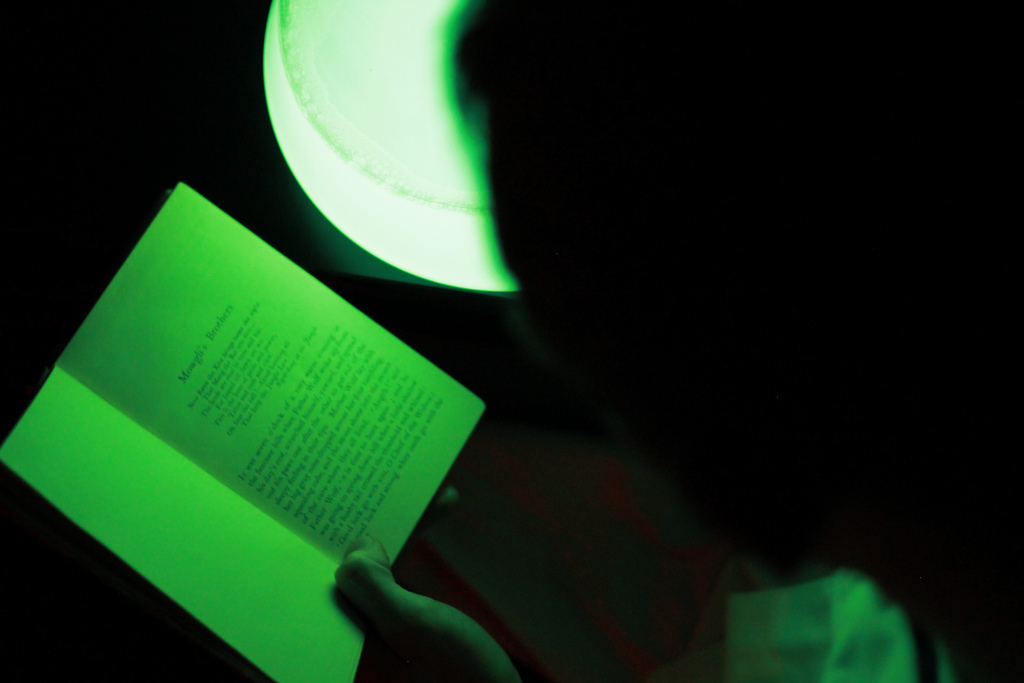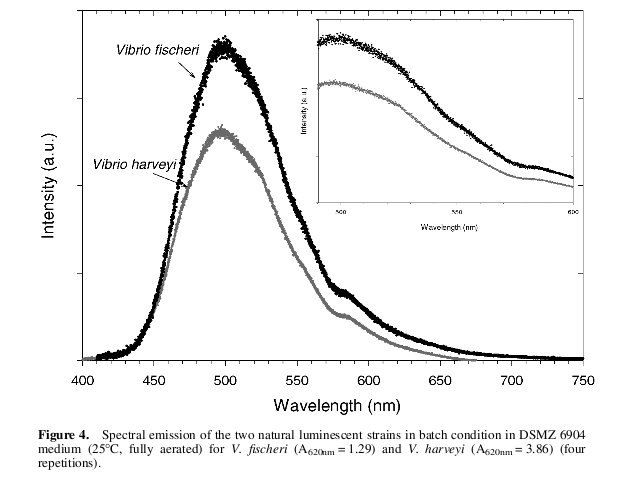Team:Cambridge/Tools/Lighting
From 2010.igem.org
(→Putting it into practice) |
(→Putting it into practice) |
||
| Line 13: | Line 13: | ||
{{:Team:Cambridge/Templates/RightImage|image=Jungle_book.jpg|caption=Ben proving it is possible to read by bioluminescent light}} | {{:Team:Cambridge/Templates/RightImage|image=Jungle_book.jpg|caption=Ben proving it is possible to read by bioluminescent light}} | ||
We wanted to provide some proof of concept of these ideas. We built the [http://www.youtube.com/watch?v=tUFscEVK5Ks bacterial bubble lamp] to investigate this, and also read the Jungle Book using a flask containing E. coli expressing our bacterial luciferase. | We wanted to provide some proof of concept of these ideas. We built the [http://www.youtube.com/watch?v=tUFscEVK5Ks bacterial bubble lamp] to investigate this, and also read the Jungle Book using a flask containing E. coli expressing our bacterial luciferase. | ||
| + | |||
| + | We had thought about bacteria being used for emergency lighting, and our advisor Fernan printed a fire exit sign, which was placed over a plate containing one of our strains of E. coli. In a real system we would imagine using anhydrobiosis to create bacteria 'in hibernation' which could be activated when needed. | ||
<html> | <html> | ||
<div align="center"> | <div align="center"> | ||
Revision as of 16:02, 26 October 2010

Bioluminescent street lamps
In order to provide any solution to the problem, a biological solution must tap into a currently unused energy resource. For this reason we decided to consider the use of bioluminescent trees to replace conventional street lamps.
A tree in this position would be able to photosynthesise during the day, building up reserves of energy. We then imagined it emitting light by night, using the bacterial luciferase system, under the control of the inherent circadian clock based gene regulation systems.
Putting it into practice
We wanted to provide some proof of concept of these ideas. We built the [http://www.youtube.com/watch?v=tUFscEVK5Ks bacterial bubble lamp] to investigate this, and also read the Jungle Book using a flask containing E. coli expressing our bacterial luciferase.
We had thought about bacteria being used for emergency lighting, and our advisor Fernan printed a fire exit sign, which was placed over a plate containing one of our strains of E. coli. In a real system we would imagine using anhydrobiosis to create bacteria 'in hibernation' which could be activated when needed.

Modelling

- <math>F=683.002\ \mathrm{lm/W}\cdot \int^\infin_0 \overline{y}(\lambda) J(\lambda) d\lambda</math>
where
- <math>F\,</math> is the luminous flux in lumens,
- <math>J(\lambda)\,</math> is the spectral power distribution of the radiation (power per unit wavelength), in watts per metre.
- <math>\overline{y}(\lambda)</math> (also known as <math>V(\lambda)\,</math>) is the standard luminosity function (which is dimensionless).
- <math>\lambda\,</math> is wavelength in metres.
American Society for Testing and Materials (ASTM) Terrestrial Reference Spectra, a common standard used in photovoltaics
1,413 – 1,321W/m2
"Chapter 8 – Measurement of sunshine duration" (PDF). CIMO Guide. World Meteorological Organization. http://www.wmo.int/pages/prog/www/IMOP/publications/CIMO-Guide/CIMO%20Guide%207th%20Edition,%202008/Part%20I/Chapter%208.pdf. Retrieved 2008-12-01.
 "
"



